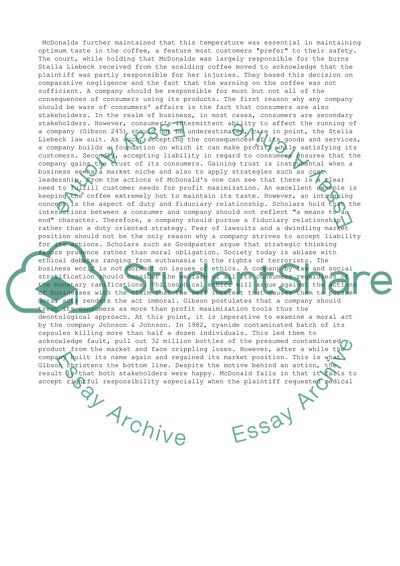Cite this document
(“McDonald and the Stella Liebeck Scalding Case Study”, n.d.)
McDonald and the Stella Liebeck Scalding Case Study. Retrieved from https://studentshare.org/business/1455638-mcdonald-and-the-stella-liebeck-scalding-case
McDonald and the Stella Liebeck Scalding Case Study. Retrieved from https://studentshare.org/business/1455638-mcdonald-and-the-stella-liebeck-scalding-case
(McDonald and the Stella Liebeck Scalding Case Study)
McDonald and the Stella Liebeck Scalding Case Study. https://studentshare.org/business/1455638-mcdonald-and-the-stella-liebeck-scalding-case.
McDonald and the Stella Liebeck Scalding Case Study. https://studentshare.org/business/1455638-mcdonald-and-the-stella-liebeck-scalding-case.
“McDonald and the Stella Liebeck Scalding Case Study”, n.d. https://studentshare.org/business/1455638-mcdonald-and-the-stella-liebeck-scalding-case.


